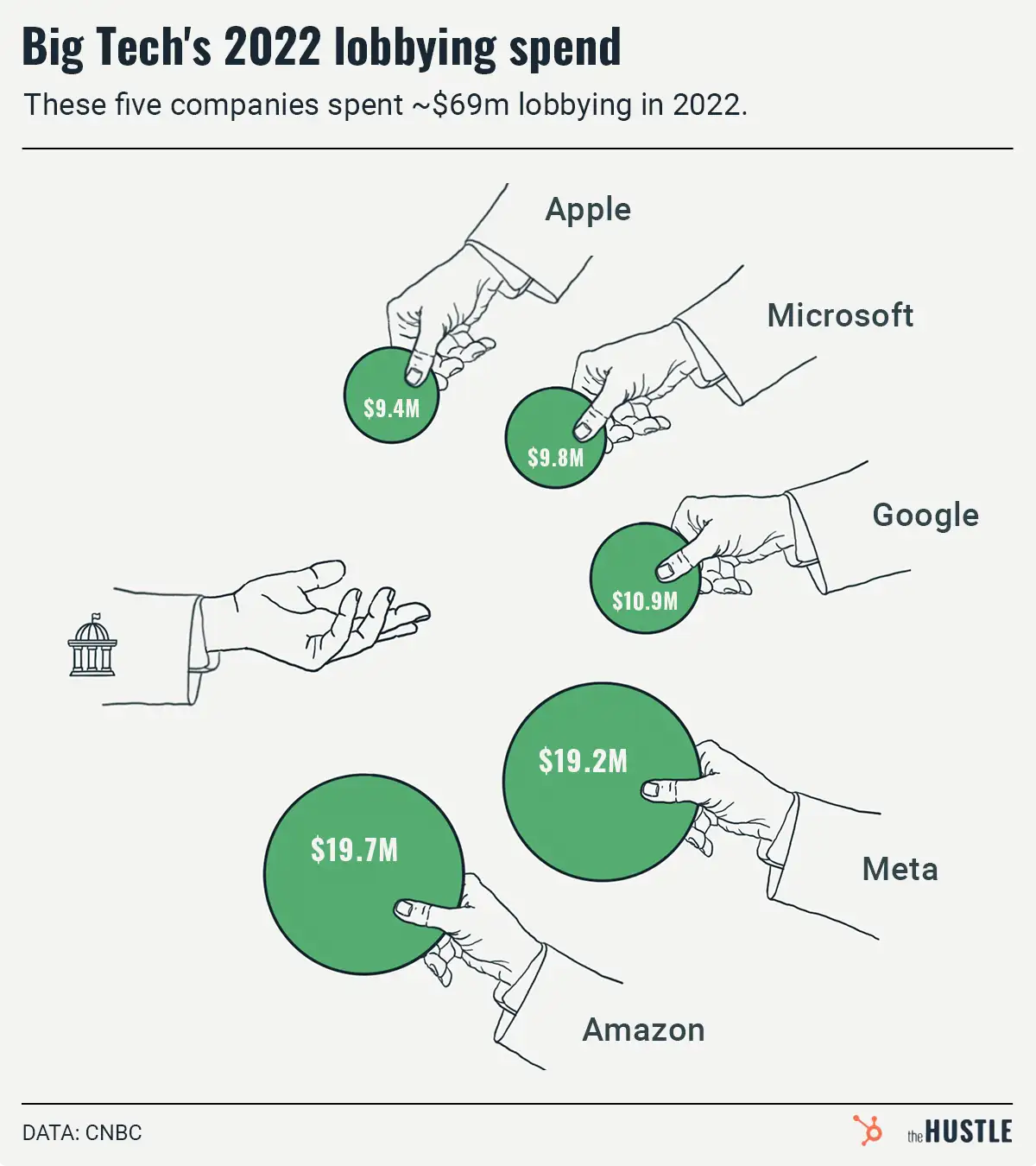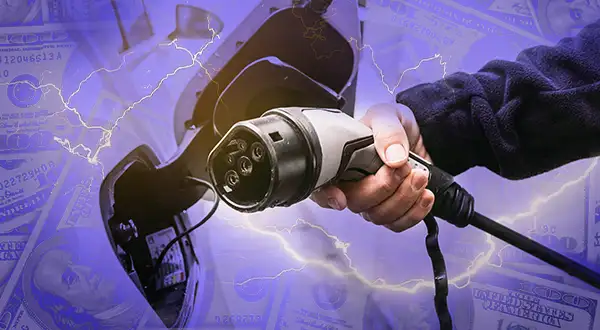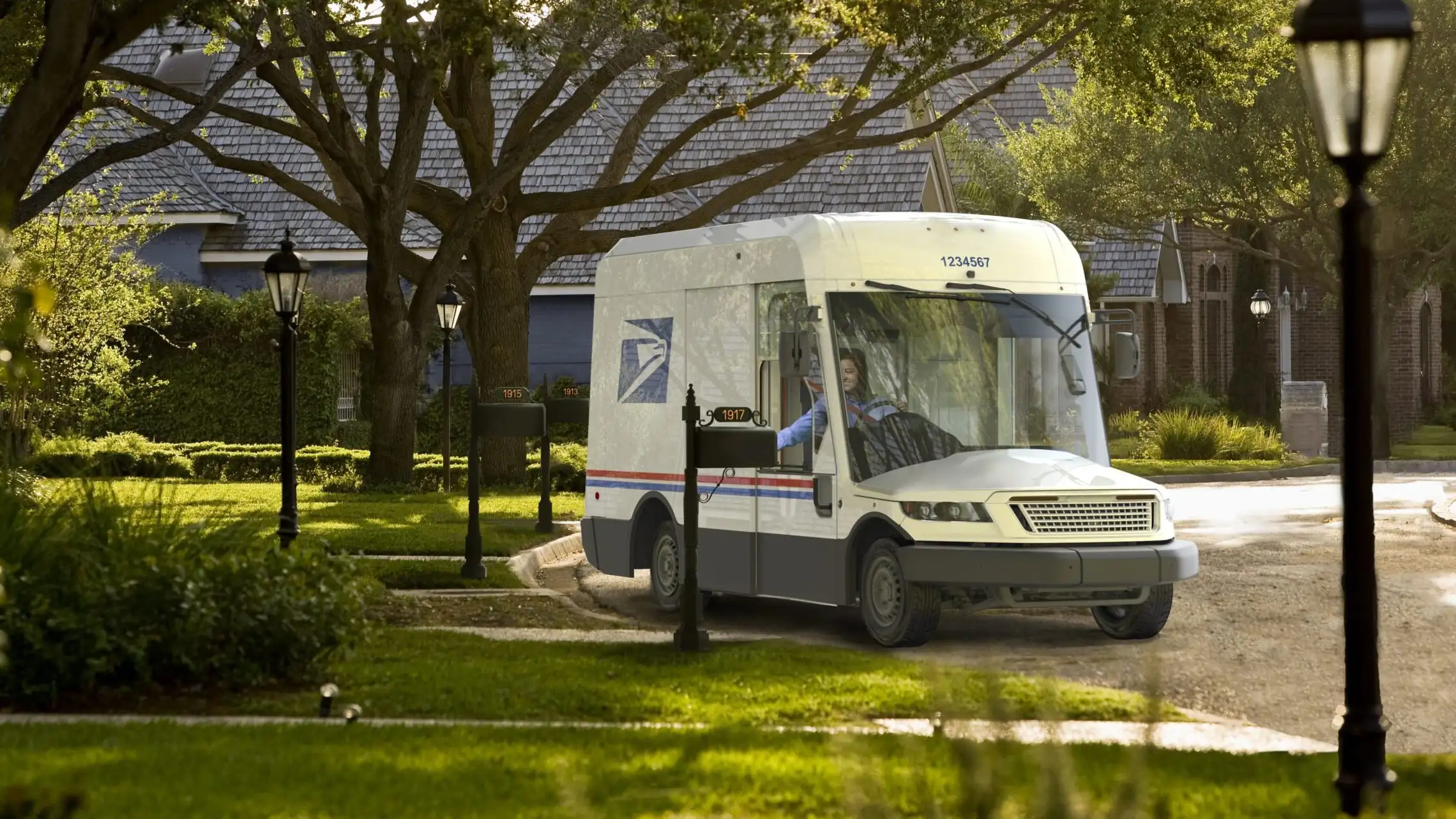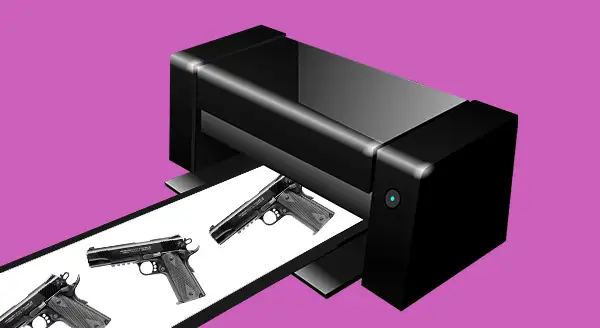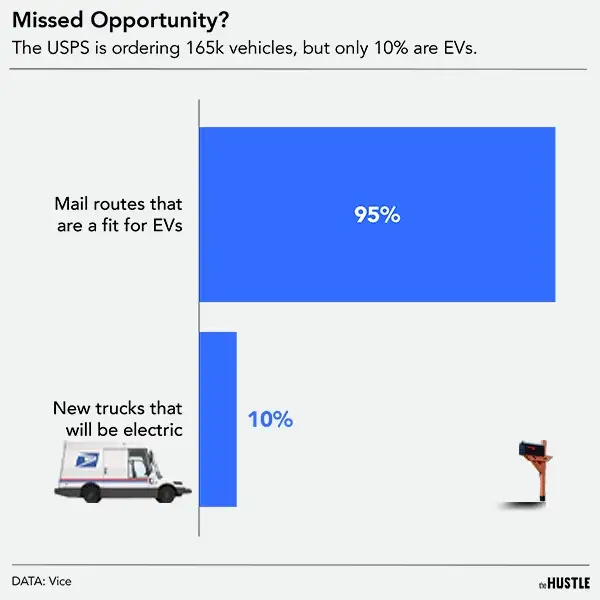If you thought Amazon was having a banner year, take a look at the mail-in ballot biz.
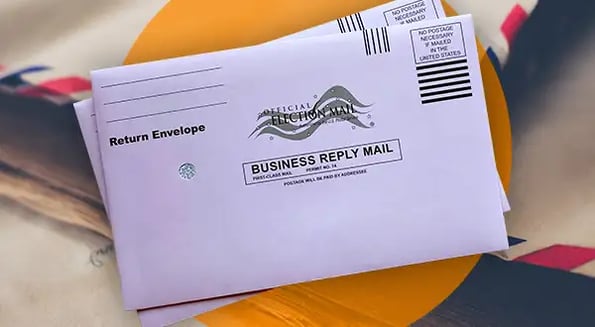
To move from your mailbox into the final vote tally, mail-in ballots depend on a tiny cottage industry of tech companies focusing on boring (but extremely important) back-end stuff, like printing, tracking, scanning, and sorting ballots.
This year, these companies are seeing so much demand that they’re having to turn away business.
Voting might seem like an innovation black hole
By design, elections officials are not trying to rock the boat.
But because only a few municipalities actually own the tech they need to run an election, they depend on outside help:
- One printing company, Runbeck Election Services, expected to send out 6m mail-in ballots this year — now it’s ramping up to produce 15m.
- BallotTrax follows your vote through the mail and sends you alerts if it gets lost. In 2016, BallotTrax partnered with 20 counties — now it’s working with 400.
- Demand is so high that even big tech companies, like Panasonic, are sending scanners to 14 counties for signature verification — up from 2 in 2016.
So what about online voting tech?
Several startups have been trying to make online voting happen for years.
One of the biggest, Voatz, has worked to let overseas and military personnel vote in West Virginia since 2018. This year, a county in Washington state partnered with Tusk Philanthropies to offer universal smartphone voting for a local election.
But online voting is still a distant reality. Election security experts have plenty of concerns about these apps — and after the fiasco involving a vote-reporting app in Iowa this year, no one is eager to take the leap.


